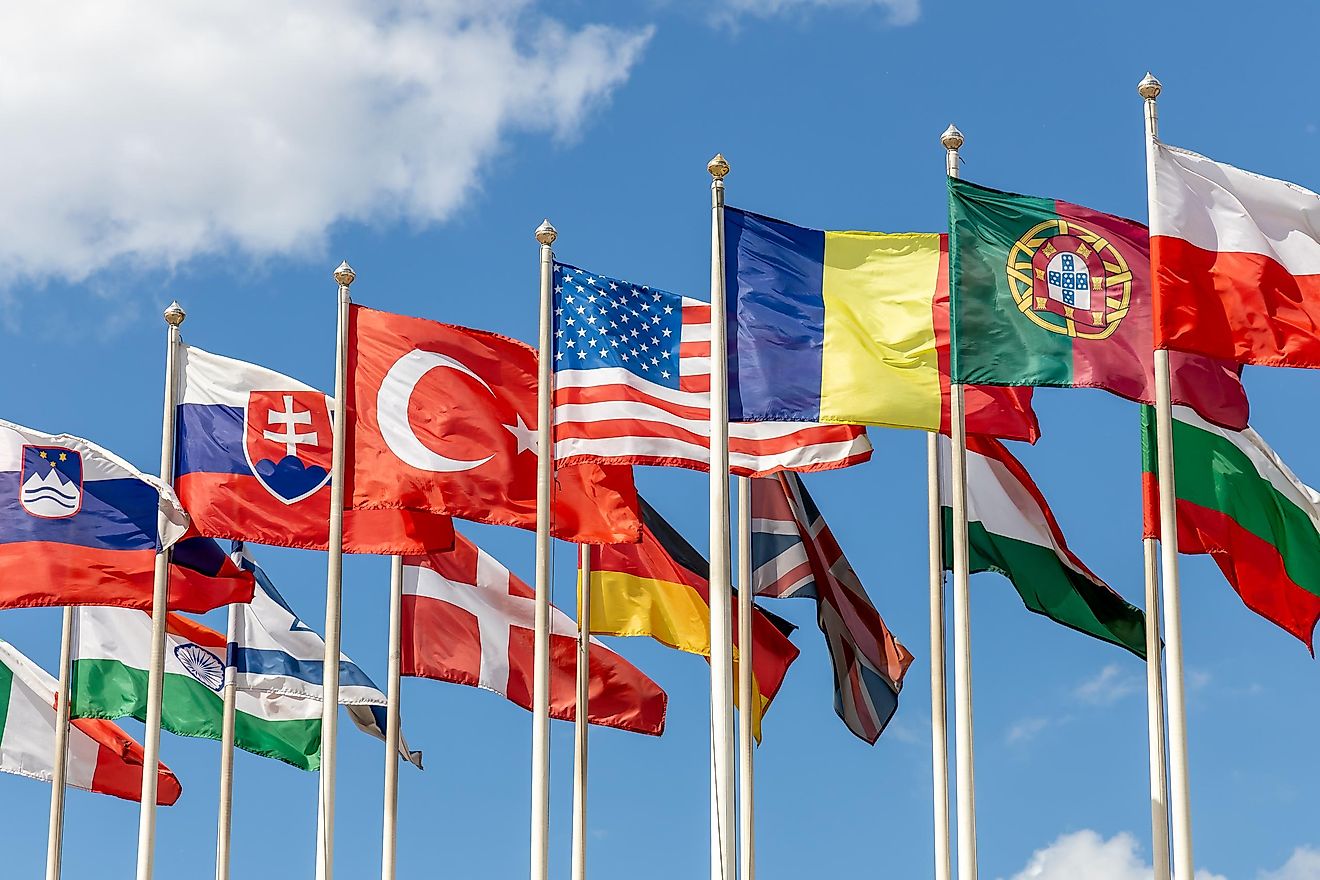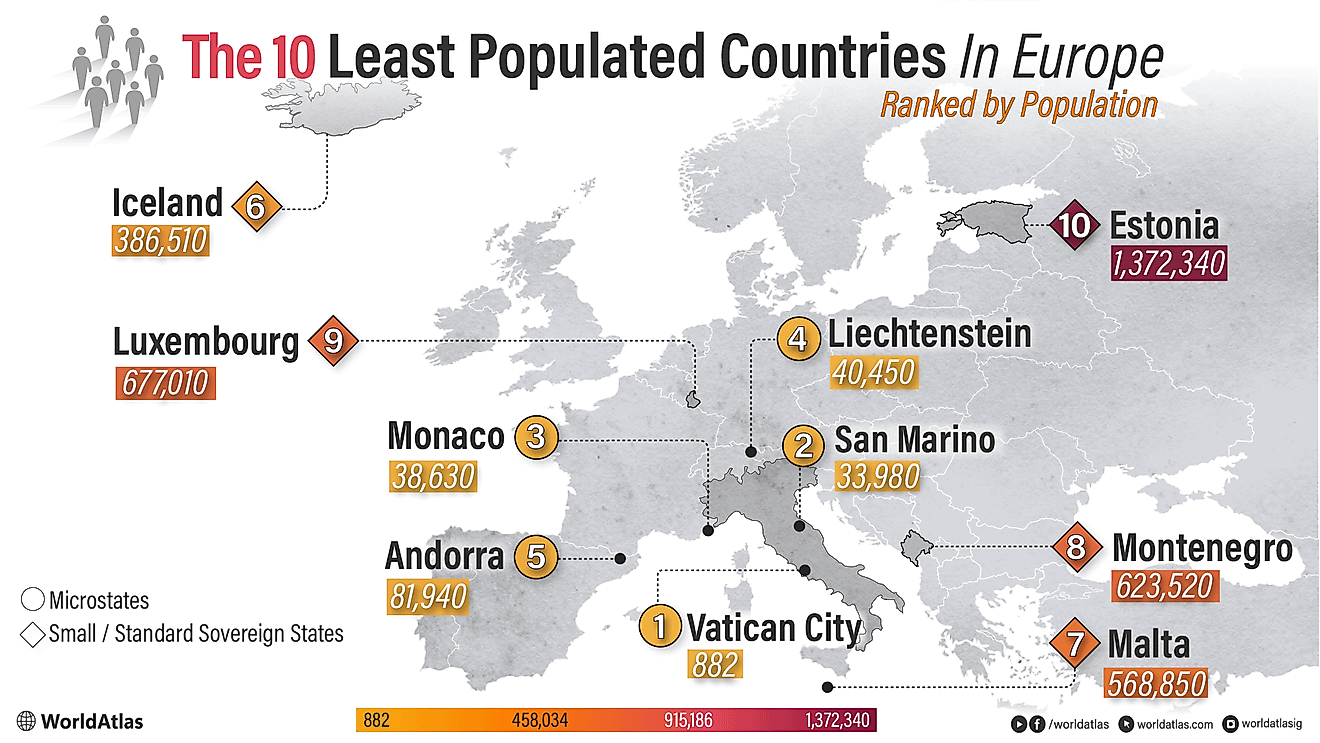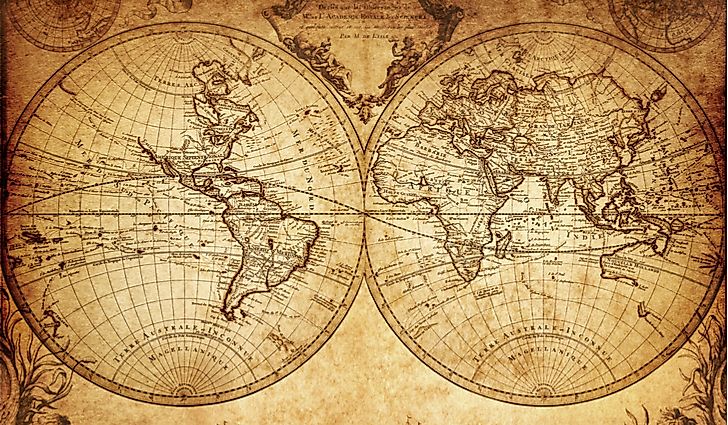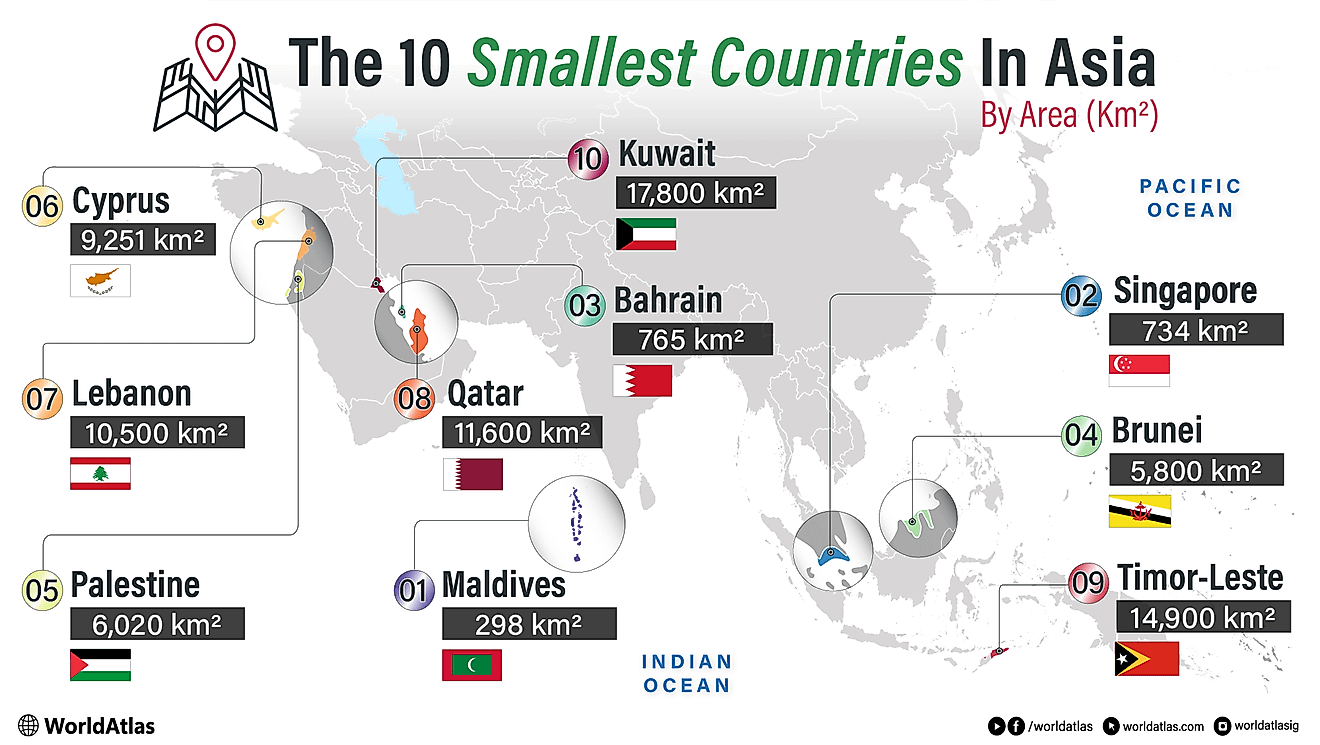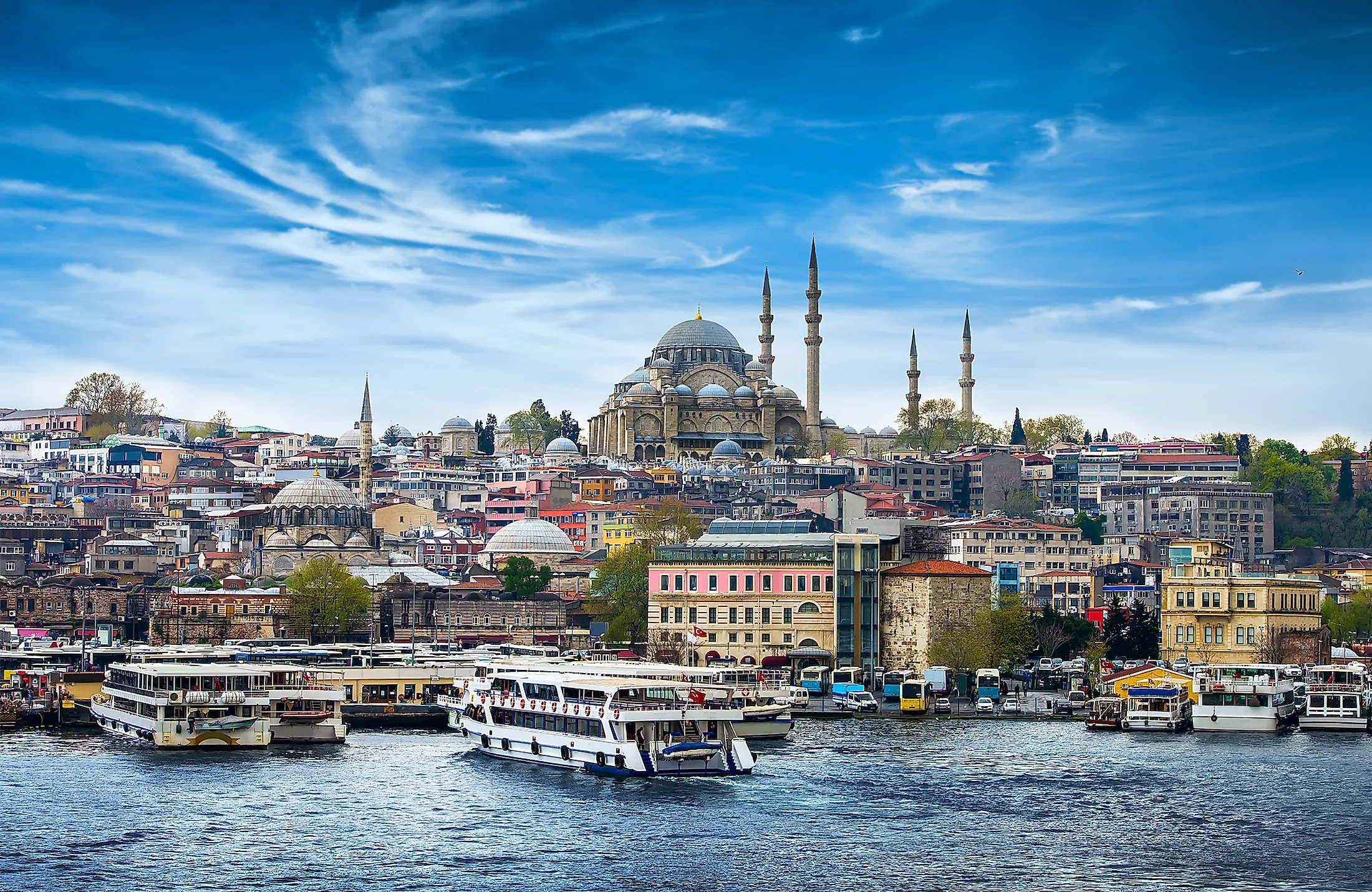
How Did Constantinople Become Istanbul?
Istanbul has a long history of more than two and a half millennia. It began with the ancient Greeks, who established the first settlement in the area, known as Byzantium. Shortly after the beginning of the Common Era, control of the city would pass to the Roman Empire. Not long after the Romans divided their vast realm into east and west, Byzantium was renamed Constantinople. In the 15th century, the city was conquered by the Ottoman Turks, who made it the capital of their empire. Constantinople would not officially adopt the name Istanbul until after the fall of the Ottoman Empire.
The Greeks In Byzantium
The story of Istanbul begins in the year 667 BCE, when Greeks settlers from Megara settled in the Golden Horn, a narrow gulf on the western side of the Bosporus Strait. They named the new settlement Byzantium, after their king, Byzas. The Greeks of Megara chose this particular location mainly because it was adjacent to the only entrance to the Black Sea, and because the Golden Horn was a deep inlet, supposedly preventing any attacks by invaders from the east. As it turned out, however, the Golden Horn did not save Byzantium from invasion.
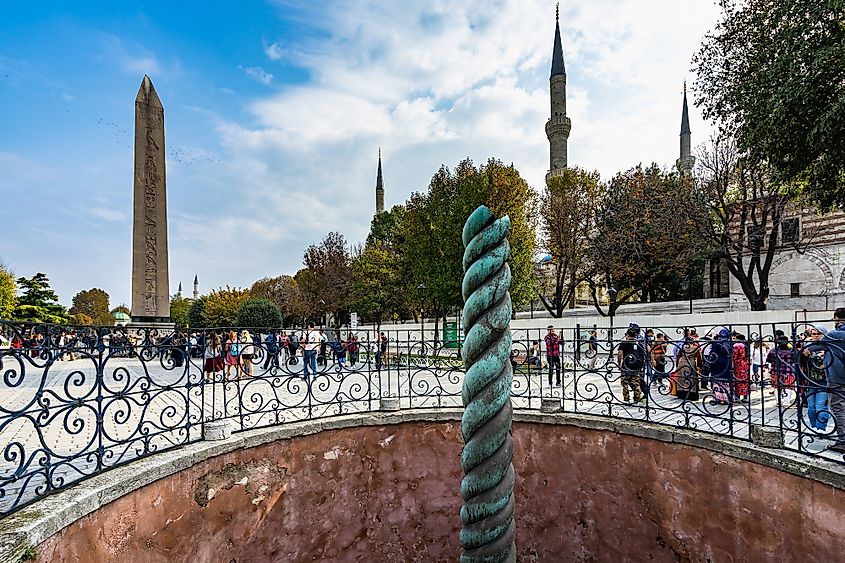
In the 5th century BCE, Byzantium was destroyed by the Persians, but was reconstructed by the Spartan Pausanius in 479 BCE. The Athenians took over Byzantium in 409 BCE, but it was retaken by the Spartans four years later, and would remain under Spartan rule until 390 BCE, when it was once again Athenian territory. In 340 BCE, Philip of Macedon laid siege to the city, but it was his son, Alexander the Great, who would be the one to conquer it, making it part of his Macedonian Empire. Byzantium regained its independence following the death of Alexander and the collapse of his empire.
In the 2nd century CE, Byzantium was an ally of the expanding Roman Empire. Roman legions even used the city as a stopover on their way to Asia Minor. But in 191 CE, the Roman emperor Commodus was assassinated, and a war of succession ensued, in which Byzantium chose to support Pescennius Niger, instead of his rival, Septimus Severus, who would ultimately go on to win the war and become emperor. In retaliation, the future Roman emperor laid siege to the city and destroyed it, though he was also the one to have it rebuilt. In 100 CE, Byzantium was formally made a possession of Rome.
Byzantium To Constantinople - Rule Of The Roman Empire
In the 3rd century CE, Roman Emperor Diocletian decided to divide the Roman Empire into two parts: the East Roman Empire and the West Roman Empire. Diocletian would remain emperor in the East Roman Empire, setting up his capital in Byzantium. The Roman Empire would be reunited, however, by Constantine I, also known as Constantine the Great, who took power in the West Roman Empire in 312 CE. He chose to make the site of ancient Byzantium the new Roman capital, and began to rebuild the city anew. In 330 CE, the city was renamed Constantinopolis in his honor, rendered in English as Constantinople.
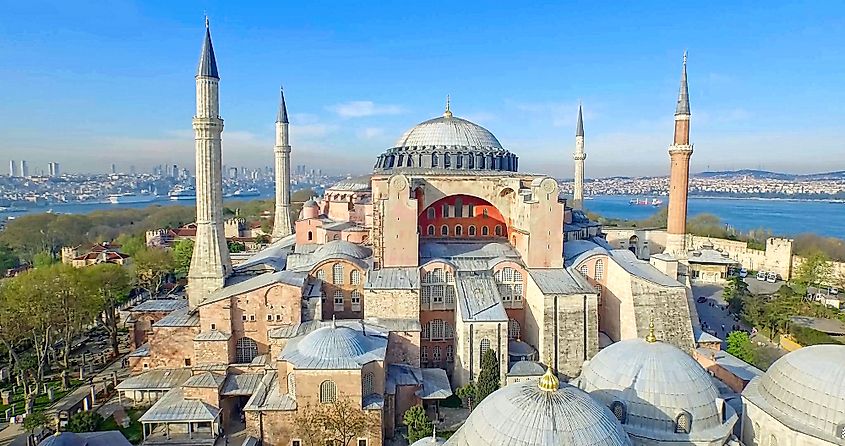
In 476, the West Roman Empire fell. From this point onward, the East Roman Empire would be known as the Byzantine Empire. During the reign of Byzantine Emperor Justinian I, Constantinople had a population of roughly 400,000. Riots in the year 532 would see the city destroyed once again. But again, the city would be rebuilt. It was in the 10th century that residents of Constantinople began referring to the city as I Stan Pol. According to Arabic, Armenian, and Ottoman sources, the name was supposedly drawn from parts of the name “Constantinopolis”, specifically the stan and pol, which meant “to the city” in Greek. Eventually, I Sten Pol became one word, rendered in English as Istanbul, There is another theory, however, that the name “Istanbul” was also influenced by the Turkish name for the city, “Islambol”, which means “city of Islam” in Turkish. Regardless of the name’s origin, it would be many more centuries until Istanbul became the official name of the city.
Constantinople would remain a center of culture and commerce in the Mediterranean until the 13th century, when the 4th Crusade took over the city and destroyed much of its wealth. The Crusaders would rule the city until 1261, after which Byzantine rule was restored. The Byzantines would rule Constantinople for the better part of the next two centuries, though they could not restore the city’s former glory. By the mid-15th century, the Byzantine Empire itself would cease to exist.
The Rule Of The Ottoman Turks
Constantine XI was the last Byzantine emperor. He watched his empire fall in 1453, when the Ottoman Turks conquered Constantinople. It is said that he died defending the city. From 1453 onward, Constantinople would be under Turkish control. After the Ottoman conquest, the city was made into the new capital of the Ottoman Empire. It was transformed from a Christian city into a Muslim one. Churches, including the famous Hagia Sophia cathedral, were turned into mosques, though some churches, including the church of the Holy Apostles, were spared. Mehmed II, the Ottoman sultan that conquered Constantinople, also allowed the city to maintain a diverse population. In fact, the city’s population became even more diverse in 1492, when the Jews of Spain were invited by the Ottoman Empire to settle there. These Jews were expelled from Spain after the last Muslim stronghold of Granada fell to the Spanish Reconquista.
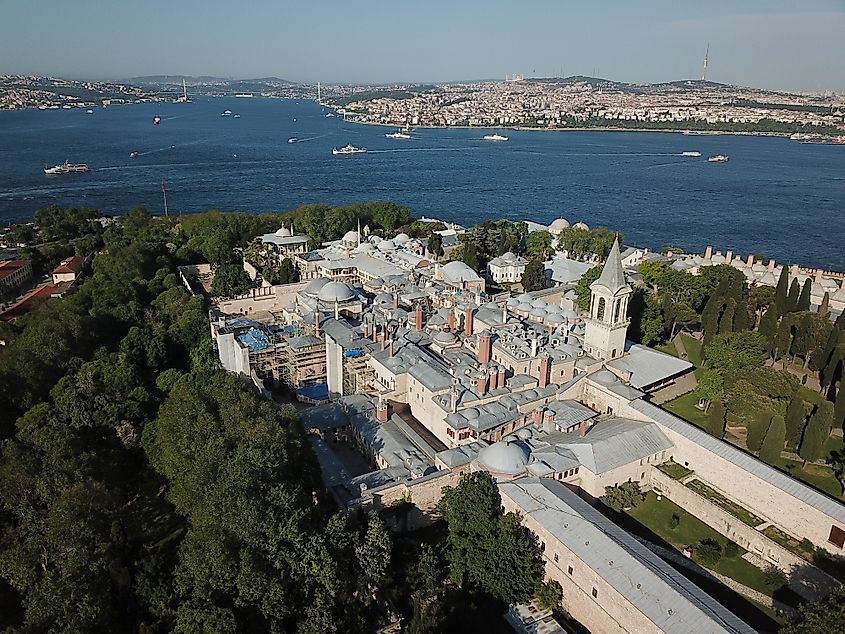
In 1517, the Ottoman Empire proclaimed itself a caliphate. Thus, Constantinople would be the capital of Islam’s last caliphate until its fall in 1922. In 1520, Suleiman I, also known as Suleiman the Magnificent, became the Sultan of the Ottoman Empire. It was under his rule that the city entered a new golden age. Constantinople became a center for Islamic culture and learning. Suleiman oversaw great architectural and artistic achievements in the city. This was the time when the famous architect, Sinan, fashioned many of Constantinople’s famous buildings.
After the rule of Suleiman the Magnificent, the Ottoman Empire began a long period of decline. Between the late 17th century and the early 20th century, the empire gradually lost much of its territory and its economic clout. In the 19th century, Sultan Mahmud II tried to halt the decline by introducing the Tanzimat, which was a program of reforms. These reforms allowed the modernization of Constantinople. For example, the city was connected to Europe’s rail network in the 1880s. Modern infrastructure, including bridges, a new water system, electricity, streetcars, and telephones were introduced to the Ottoman capital.
Istanbul Today
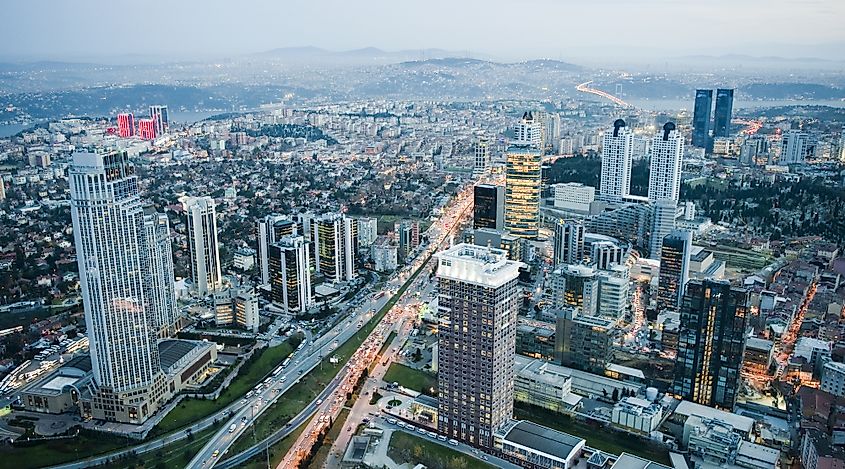
The 20th century proved to be a turning point for Constantinople. Despite the reforms instituted in the 19th century, the demise of the Ottoman Empire was close at hand. During the First World War, the empire lost what was left of its imperial territory in the Middle East. Finally, in 1922, the title of Sultan was eliminated. One year later, Turkey was declared a republic. The capital was moved from Constantinople to Ankara, a city in central Turkey. Up until 1930, the Turks used the Turkish name “Konstantiniyye” to refer to Constantinople. But then, the Turkish Post Office decided that henceforth, they would refer to the city as Istanbul. This bureaucratic maneuver marked the official named change for the city.
